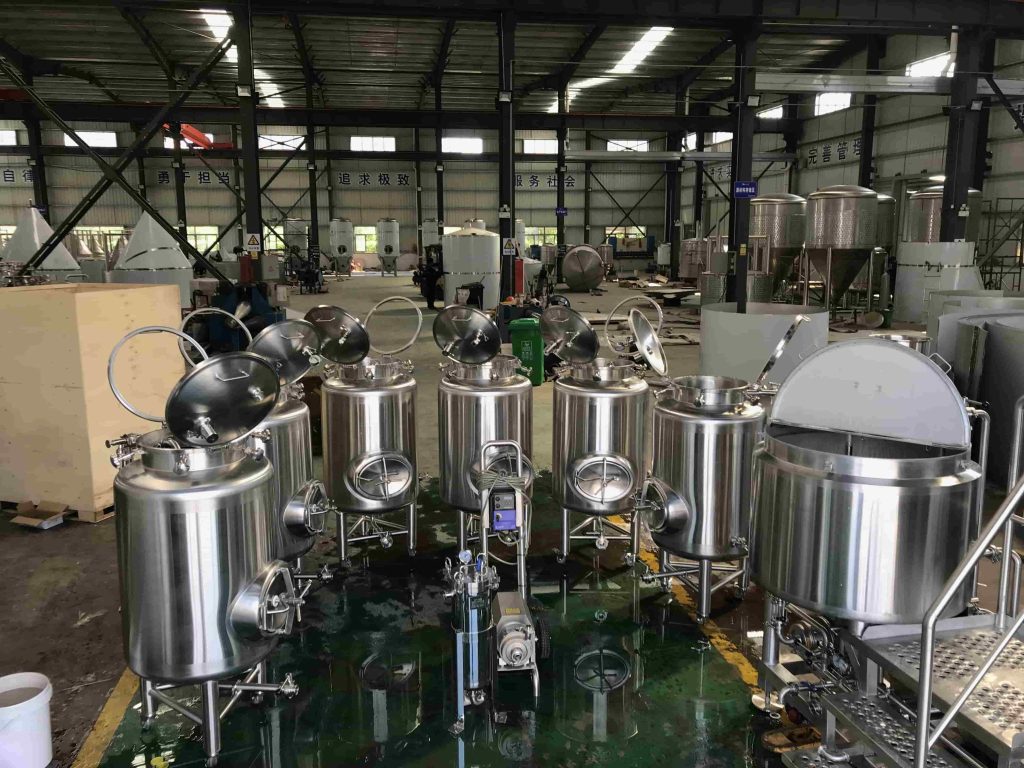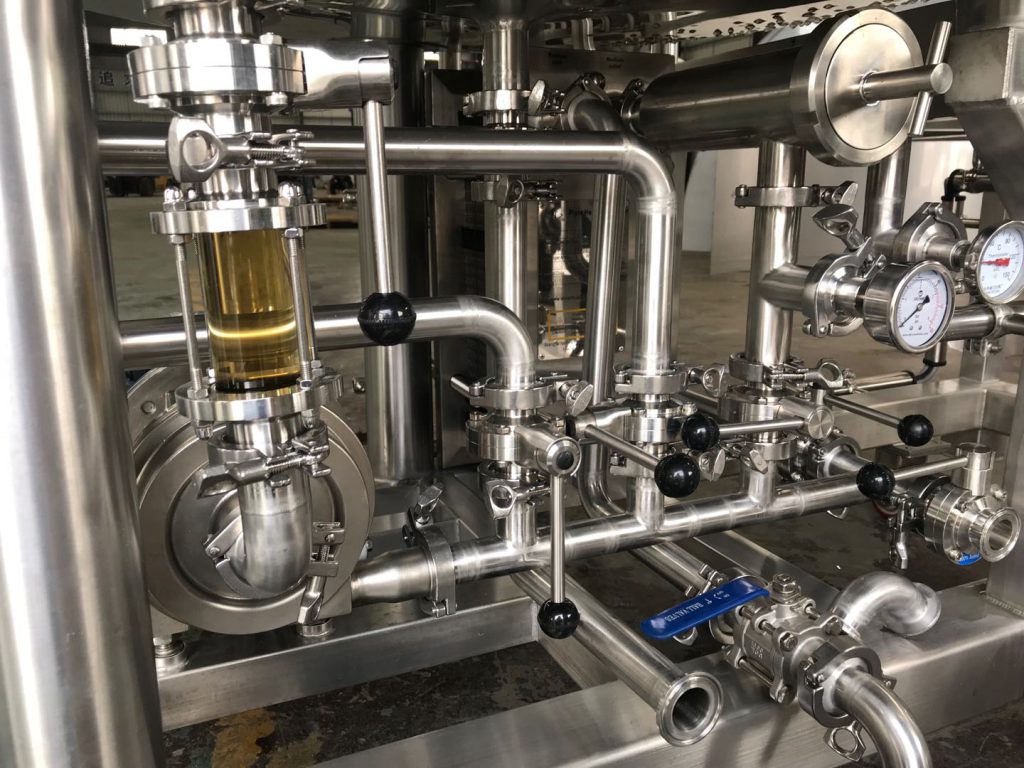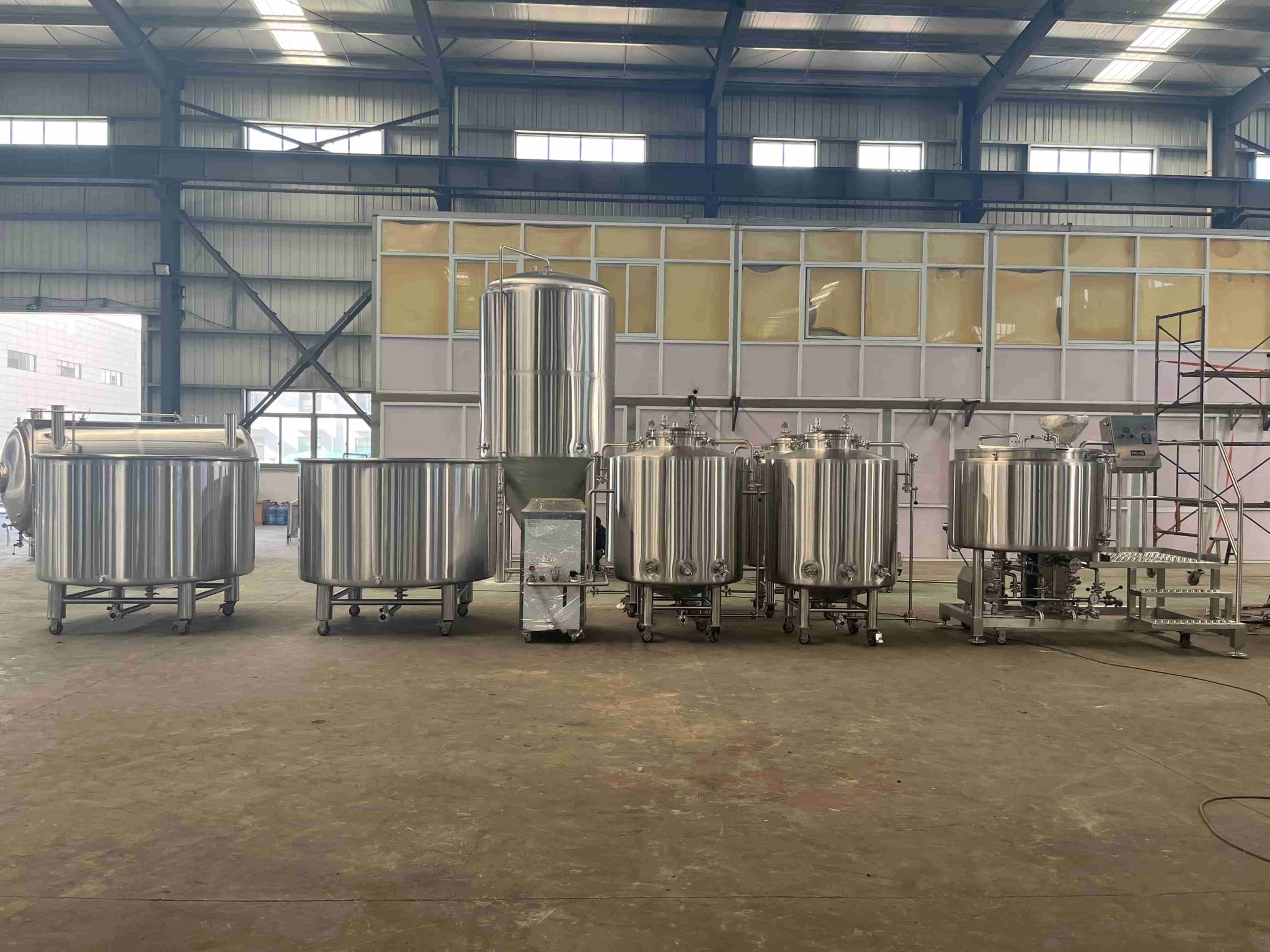مقدمة

في عالم تخمير الكمبوتشا، يعد اختيار حاوية التخمير أمرًا بالغ الأهمية لنجاح ونكهة مشروبك المنزلي. يتعمق هذا الدليل في الأنواع المختلفة من حاويات تخمير الكمبوتشا المتاحة، مما يساعدك على اتخاذ قرار مستنير بناءً على احتياجات وتفضيلات التخمير الخاصة بك.
انواع من Kombucha Brewing Containers
Understanding the different types of containers is essential before making a selection. Here’s a breakdown:
- الجرار الزجاجية
- Pros: Glass jars allow for easy observation of the kombucha fermentation process, which is beneficial for monitoring the health and progress of the SCOBY. They come in various sizes, catering to different batch volumes and personal brewing preferences.
- Cons: Despite their benefits, glass jars are relatively heavy, which can make handling and moving them more challenging. There is also a risk of breakage if not handled with care, especially when filled with liquid.
- الفخار السيراميك
- Pros: Ceramic crocks are renowned for their excellent temperature stability, providing a consistent environment for fermentation. Their traditional aesthetic adds a touch of authenticity to the brewing process, making them a favorite among kombucha enthusiasts.
- Cons: One drawback of ceramic crocks is their opacity, which makes it difficult to observe the SCOBY during fermentation without removing the lid. This can be inconvenient for those who prefer to regularly check on their brew.
- بلاستيك صالح للطعام
- Pros: Food-grade plastic containers are lightweight, making them easy to handle and move around, especially when filled with liquid. They also pose less risk of breakage compared to glass.
- Cons: Despite being designed for food use, some food-grade plastics may retain odors from previous batches or absorb flavors over time. There is also a concern about potential chemical leaching, especially if the plastic is not of high quality.
- الفولاذ المقاوم للصدأ
- Pros: Stainless steel containers are highly durable and resistant to corrosion, making them easy to clean and maintain. They are also less likely to harbor bacteria or odors, which is beneficial for long-term use.
- Cons: Unlike glass or clear plastic, stainless steel containers are non-transparent, which limits your ability to visually monitor the fermentation process. This lack of visibility can be a drawback for those who prefer to keep a close eye on their kombucha culture.
عوامل في الاعتبار
When choosing a kombucha brewing container, consider these factors to ensure it suits your needs:
- مقاس: Choosing the right size container is crucial as it directly impacts your batch size and brewing frequency. Larger containers, such as 1 to 3-gallon capacities, are popular for homebrewers producing regular batches of kombucha. This size range provides ample space for the SCOBY to thrive and ferment properly, ensuring consistent flavor and quality.
- مادة: The material of your kombucha brewing container plays a significant role in both the flavor profile and longevity of your brew. Glass containers are favored for their inert nature, ensuring they do not react with the acidic kombucha, thus preserving its flavor integrity. They are also relatively easy to clean and maintain, requiring regular washing with hot water and mild soap.
- شكل: The shape of your kombucha brewing container can impact ease of cleaning and handling throughout the brewing process. Wide-mouthed containers, such as jars or crocks, facilitate easier access for cleaning and SCOBY management. This accessibility allows brewers to remove and inspect the SCOBY without disturbing the brewing environment excessively.
- Transparency: The transparency of your kombucha brewing container is crucial for monitoring the health and progress of the SCOBY and fermentation. Clear glass or plastic containers allow brewers to visually assess the development of the SCOBY, ensuring it remains healthy and active throughout the brewing cycle. This visibility also enables brewers to detect any potential issues, such as mold or irregular fermentation patterns, early on.
Comparison Table of Popular Kombucha Brewing Containers
| نوع الحاوية | مادة | الايجابيات | سلبيات |
|---|---|---|---|
| Glass Jar | زجاج | Visibility, variety of sizes | Heavy, risk of breakage |
| Ceramic Crock | سيراميك | Temperature stability, aesthetic | Heavy, opaque |
| بلاستيك صالح للطعام | بلاستيك | Lightweight, less breakage risk | Odor retention, potential for leaching |
| الفولاذ المقاوم للصدأ | الفولاذ المقاوم للصدأ | متينة وسهلة التنظيف | Non-transparent, not ideal for continuous brewing |
Key Considerations for Each Type

Each type of container has its own set of considerations:
- أوعية زجاجية: Ideal for beginners due to visibility but handle with care.
- الأواني الخزفية: Great for maintaining stable temperatures, though cleaning and observing the SCOBY can be challenging.
- Food-Grade Plastic: Lightweight and less fragile, but ensure it’s food-safe and free from harmful chemicals.
- الفولاذ المقاوم للصدأ: Very durable and easy to sanitize, but lack of visibility makes it less suitable for continuous brewing setups.
خاتمة
اختيار الحق kombucha brewing container is essential for the quality and consistency of your brew. Consider your brewing environment, batch size, and personal preferences when making your decision. Whether you opt for the transparency of glass or the stability of ceramic, each type has its merits depending on your brewing style and needs.
التعليمات
Q:What size container do I need?
A:Choose a size based on your batch volume. Typically, 1 to 3 gallons are common for homebrewing.
Q:Can I use a metal container for brewing kombucha?
A:Stainless steel is safe for brewing kombucha, but avoid other metals as they can react with the acidic nature of kombucha.
Q:How important is transparency in a brewing container?
A:Transparency helps in monitoring the health of your SCOBY and the progress of fermentation. Glass or clear plastic containers are preferable for this reason.
Q:What is the best way to clean a kombucha brewing container?
A:Clean with hot water and mild soap between batches. Avoid harsh cleaners or anything that could leave a residue.

